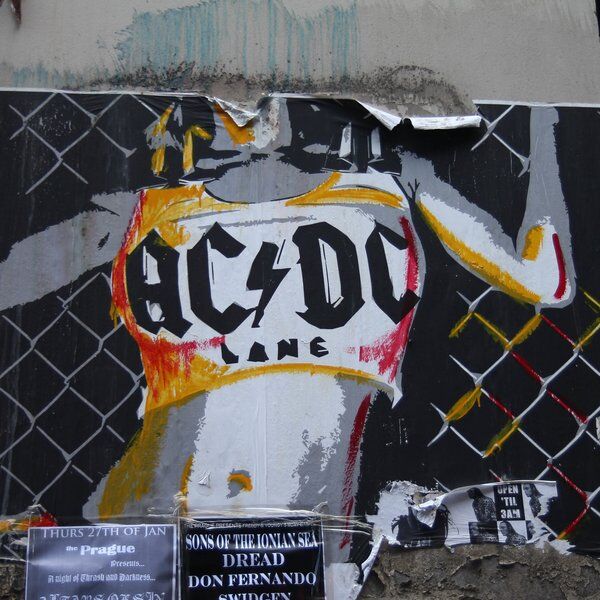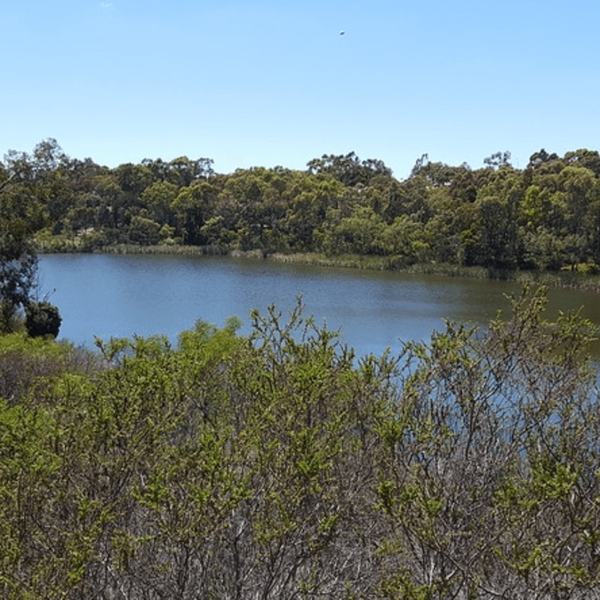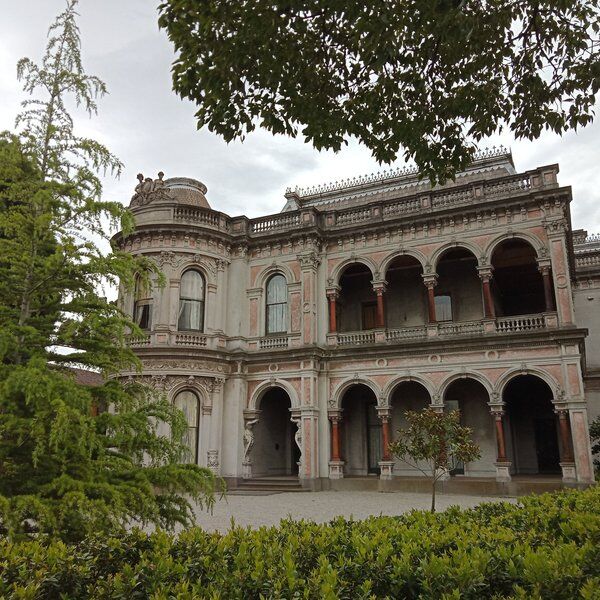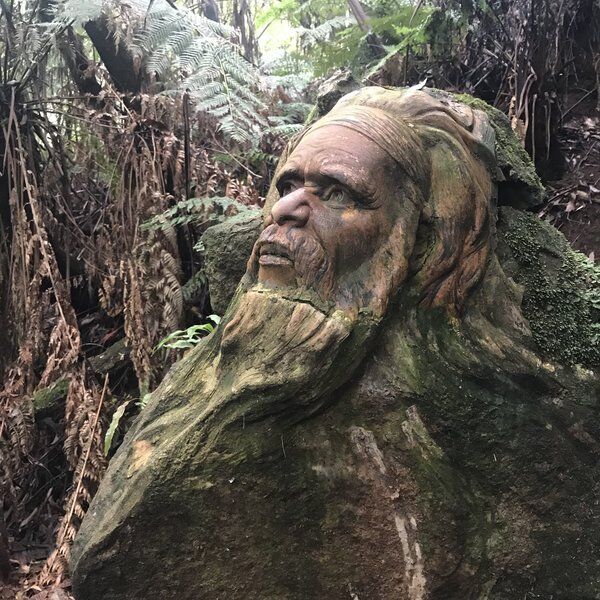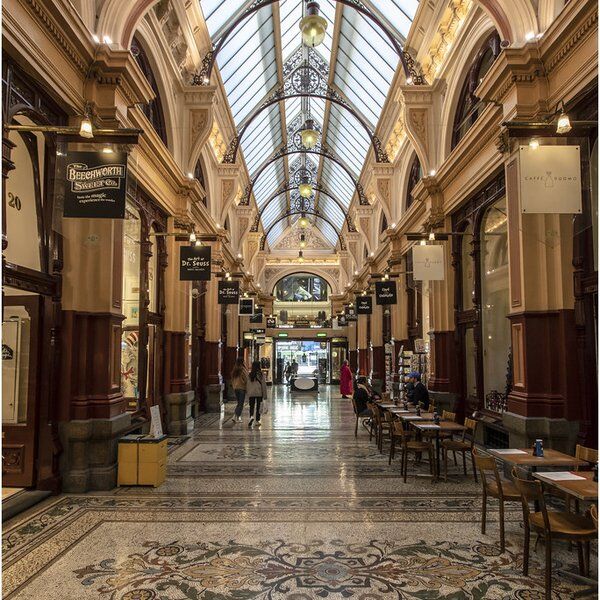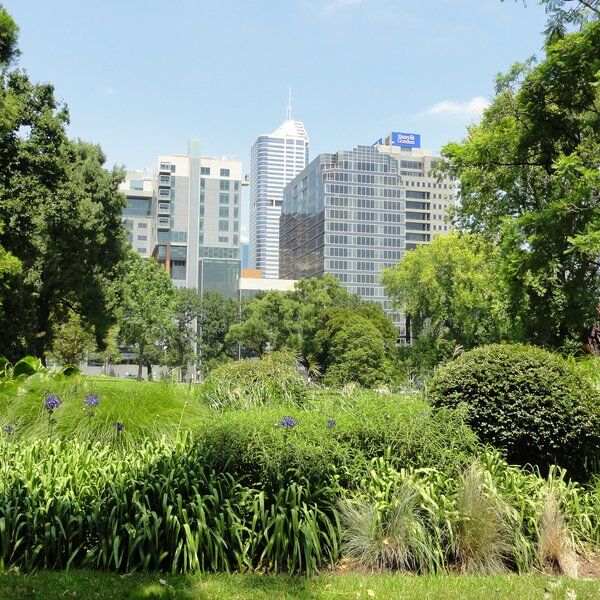The Pioneer Women’s Memorial Garden is a serene space that pays homage to the strength, courage, endurance and achievements of Melbourne’s first European female settlers.
Located in the gorgeous King’s Domain, just a stone’s throw away from the Royal Botanic Gardens in Melbourne, the Pioneer Women’s Garden was initiated by the Women’s Centenary Council to commemorate 100 years of European settlement in Melbourne.
The History of Pioneer Women’s Memorial Garden

In 1934, Melbourne was preparing to celebrate its 100th birthday after European settlement, a century that had seen enormous changes to the landscape, population and living conditions in the city.
Accordingly, Melbournians and Victorians rallied together to initiate celebrations...with some exceptions. Initially, only men were allowed onboard the Centenary Council. The Lord Mayor, H. Gengoult Smith, argued: “if women’s organisations were represented on the council there would be nothing to prevent sporting organisations from claiming the right to representation.”
Undeterred and seemingly unafraid of ‘sporting organisations’, the president of the National Council of Women of Victoria, ‘May’ Alice Frances Mabel Moss, assured the Lord Mayor that “unless a woman was included on the executive committee, the National Council of Women, with which 96 women’s societies were affiliated in Victoria, would take no official part in the celebrations.”
In the end, they reached a compromise. Mrs Moss would head the Women’s Centenary Council and she would be the only woman on the executive committee, acting as a representative for her all-female council.
Read the whole story here.
Funding the Pioneer Women’s Memorial Garden
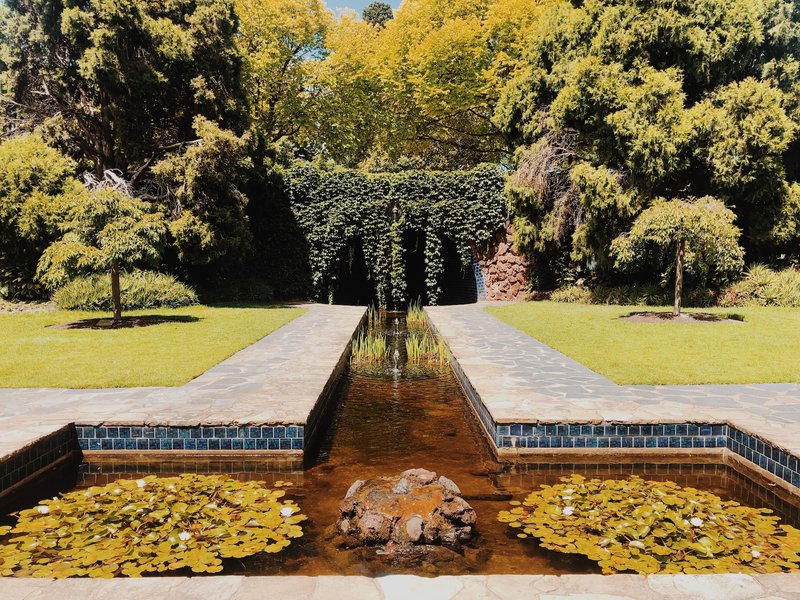
In charge of her own Women’s Centenary Council, Mrs Moss and her fellow all-women councillors began drawing up plans for potential fundraisers to pay for their greatly desired memorial garden.
A large chunk of the funds was secured through a ‘sheets’ subscription service, whereby women could donate one shilling to have her name signed on a sheet of paper that would later be buried in the garden beneath the sundial. Men were also permitted to donate, however they had to do so in the name of a woman (on behalf of a wife, sister, mother, friend, etc). 8370 women's names were signed in total.
“It will be quite possible 100 years hence for the people then living to take out the sheets and look at our signatures if they want to.” – Miss A. M Williamson, on behalf of the Women’s Centenary Council
Other fundraising activities included producing and selling a commemorative book, a badge sale on Pioneer Women’s Day (26th March) and even a knitting competition and
exhibition.
The Age newspaper, dated 29 May 1934, describes the “deluxe” edition of the Pioneer Women Book, indicating that a probable price for the standard edition would be 3 shillings and sixpence, while the deluxe edition would be sold at 21 shillings.
Designing and Beautifying The Pioneer Women’s Memorial Garden
While it had been agreed that the Women’s Pioneer Memorial Garden in Melbourne would be located in the King’s Domain, the decorations were very much last minute additions.
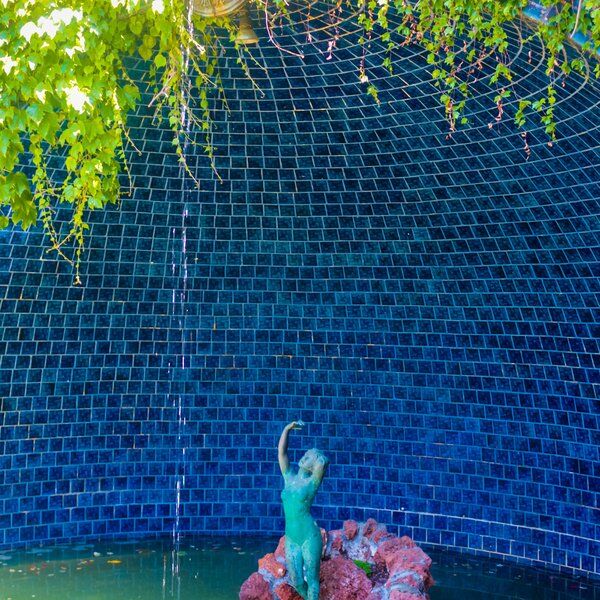
“A letter from the Sculptors’ Association urging that sculptors resident in Victoria, and particularly women, should be given an opportunity of submitting designs for the memorial to pioneer women…(and) the form of this memorial would take could not be decided until the funders were collected through the Sheets of Remembrance.” – The Age Newspaper, 29 May 1934
Despite the above urges from the Women’s Centenary Council, it was one man who bore the responsibility for designing the garden, and another for creating the iconic statue of a woman nicknamed ‘Butterfly’.
The designer of the garden was Hugh Linakar, a local legendary landscape gardener originally from Ballarat. The garden has a symmetrical, formal design with a watercourse that flows into a grotto containing the bronze ‘Butterfly’ statue, which takes the shape of a woman, designed by Charles Web Gilbert.
On Friday the 24th of July, 1936, The Age newspaper published the news that The Butterfly was placed in the Pioneer Women’s Memorial Garden. According to the article, the statue was purchased for 70 guineas, as well as a bird bath, two concrete semi-circular seats and sundial which had been made during the centenary.
Pioneer Women of Victoria
Mrs ‘May’ Moss
The key figure in advancing plans for the Pioneer Women’s Garden in Melbourne, May Moss was an activist, linguist, negotiator and campaigner for the improvement of women’s rights in Australia and globally.
Born 27th April 1869 in Ballarat, Victoria, Alice Frances Mabel Moss (née Wilson) was educated at the Sorbonne in Paris. As well as being a wife to Isidore Henry Moss and a mother to two young daughters, May became an early campaigner for women’s suffrage in Victoria.
Following equal voting rights for white men and women in Australia in 1902, Moss turned her attention to the education of small children and especially girls. She also campaigned for the school leaving age to be raised to 15, equal pay for teachers, against white slave trafficking and for young women to work on the railways, trams and cabs.
Moss also made history by being appointed the first female member of the finance committee in the Assembly of the League of Nations in Geneva, Switzerland. On the 4th of June 1934, Moss’ local and global contributions to women’s rights was recognised when she received the award of Commander of The British Empire (CBE).
Read the whole story here.
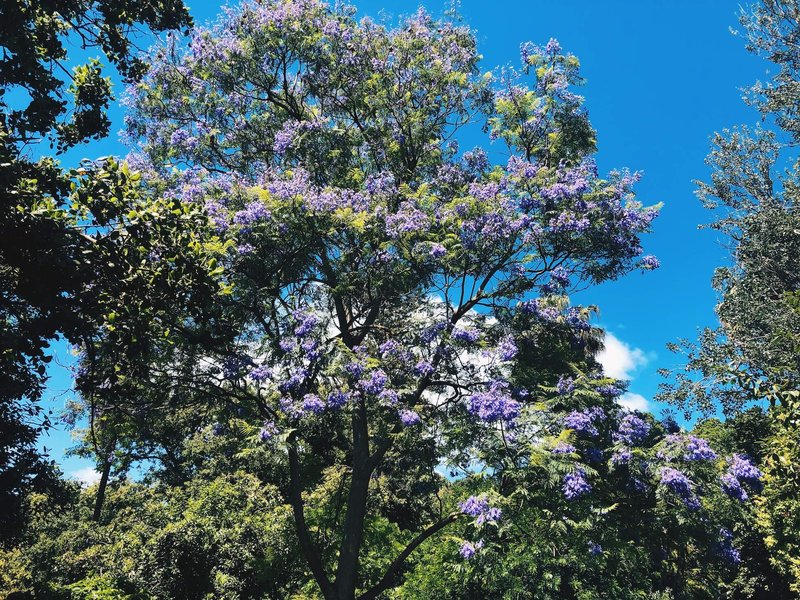
Annie Tasman Carter
Annie Tasman Carter (née Robb) was born aboard the Tasman ship on the 9th July 1847.
The voyage set sail from Penzance, Cornwall and all was well until the ship sailed past the coast of Africa. A gang of pirates attacked the Tasman, and Annie’s heavily pregnant mother, Elspeth, just 24 years old, donned men’s clothing along with the other women aboard the ship to frighten off the pirates. Miraculously, the plan worked!
Elspeth and her husband, Alexander, were originally from Aberdeenshire. The couple already had two children when they set sail for Port Phillip, Australia. Annie was given the middle name, Tasman, after the ship that became her first ever ‘home’.
Annie married another free settler, Joseph Carter, and together, they had six children. On the 9th July 1947, Annie celebrated her 100th birthday in Melbourne, where a newspaper reported that she had 12 grandchildren and 22 great-grandchildren.
Read the full story here.
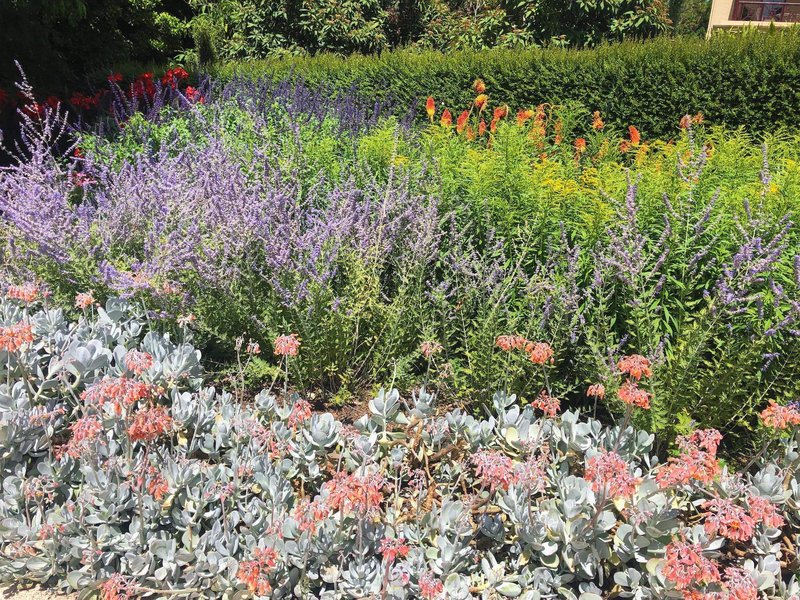
“Mrs Jeremiah Sullivan”
Mrs Sullivan and her husband Jeremiah Sullivan were originally from Melbourne, Victoria but moved to Adelaide to start a boarding house. Once there, their relationship soured. Mrs Sullivan took her husband to court for maintenance and was awarded 10 shillings a week, a sum Jeremiah paid in court - but had no intention of doing so on a weekly basis.
Jeremiah headed for Adelaide’s port and boarded a steamer bound for Melbourne. His suspicious wife followed and confronted him about his desertion, to which he allegedly replied: “do your best”. Well, she did.
Mrs Sullivan left the steamer and returned to shore where she sold her possessions to gain some quick cash. She bribed some local men to catch up with the ferry which had just departed and smuggled herself onboard in disguise.
When the steamer arrived in Melbourne, and still disguised, Mrs Sullivan procured a warrant against her husband for desertion. Meanwhile, Jeremiah was beginning to suspect his wife might have already alerted the authorities from Adelaide.
He (foolishly) went to the detective’s office, admitted he was en route to Queensland and tried to convince the detective that he would still pay his wife’s owed maintenance money.
The detective, who of course had just been tipped off by Mrs Sullivan, arrested Jeremiah on the spot.
Read the whole story here.
The Pioneer Women’s Memorial Garden Today
Today, the Pioneer Women’s Memorial Garden looks much like it did nearly 100 years ago when it was first completed.
The garden is a popular destination for weddings and wedding photographers due to its outstanding beauty.
As long as a wedding isn’t taking place when you visit, you’re more than welcome to plop yourself down on a bench and take in the garden’s beauty at your leisure.
The Pioneer Women’s Memorial Garden is located in the King’s Domain, near the Royal Botanic Gardens and the Shrine of Remembrance.
Find More Hidden Gems in Melbourne with CityDays
Ready to discover more of what Melbourne has to offer?
CityDays have FOUR treasure and scavenger hunts in Melbourne to choose from, all of which combine the fun of an escape room with the historic facts and whimsical trivia of a walking tour!
Take the stress out of planning your visit to Melbourne and book your adventure today!
Not visiting Melbourne this time? Don’t worry, you’ll find us all over the world.







